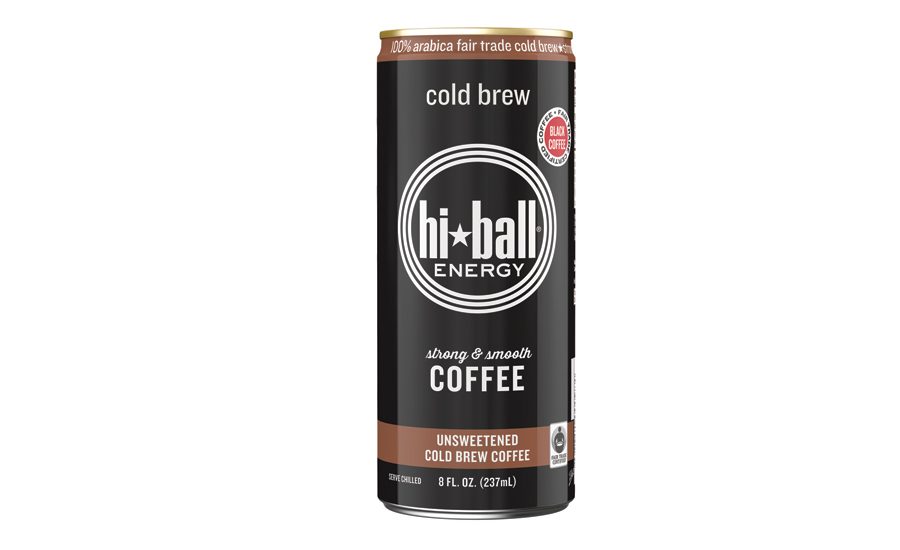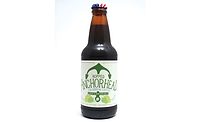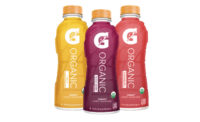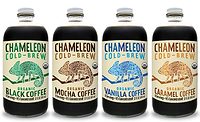Hiball Energy launches cold-brew coffee, protein drinks
Company focuses on sourcing natural energy ingredients






Although many beverage trends come and go, energy has become one of the top functions consumers continue to demand from beverages. And today’s consumers want more than just energy — they want beverages that cater to health-and-wellness trends, and the energy drink category is no exception.
Noticing a need for better-for-you energy options a decade ago, one entrepreneur set out to create an option for energy that would appeal to health-conscious consumers and eventually a much broader demographic. “I knew there had to be a better way to get the energy I was looking for to work hard and play hard,” says Todd Berardi, president and founder of Hiball Energy. “My goal was to create a clean-tasting clear energy drink without anything artificial.
“Our first product was a no-sugar, zero-calorie club soda with energy, and our flavored sparkling energy waters were born after that, which are still the flagship line of our brand,” he continues. “Who knew 10 years later [that] people would love sparkling energy water without sugar/calories? This was the goal from day one. I think we were just ahead of our time.”
The San Francisco-based beverage company launched in 2006 with its line of zero-calorie sparkling energy waters, which is available in five flavors: Grapefruit, Lemon Lime, Peach, Vanilla and Wild Berry. In 2012, the company launched its line of organic energy drinks, a USDA organic, Fair Trade certified line that is available in Black Cherry, Blood Orange, Ruby Red, Ginger Ale and Pomegranate Acai flavors.
“The brand was completely overhauled in 2012 with a relaunch in aluminum cans,” Berardi explains. “This is when the growth took off, and we started launching in multiple categories. Just in the last year, we have launched a Cold Brew Coffee line and [in April] a new 20-gram Protein Energy line. Outside of energy, we have just launched a family friendly, organic Fair Trade sparkling juice line called Alta Palla (Hiball in Italian), with a sparkling water line soon to follow in 2017.
“The goal is to offer both products for different usage occasions or tastes [for those] who wish for caffeine/energy and [for] those who don’t want caffeine,” he continues. “This platform suits most consumers’ desire for no sugar, juice, coffee and now protein for meal replacement and/or pre- or post-workout, all made with better-for-you ingredients (Fair Trade/organic), which are better for the farmers who cultivate them, the planet and ultimately our consumers.”
Hiball’s Cold Brew Coffee line is comprised of four ready-to-drink cold-brew coffees — Sweetened, Unsweetened, Mocha and Vanilla — that come packaged in 8-ounce slim cans, while the High Protein energy drink line is available in Coffee, Chocolate and Vanilla flavors and is packaged in 11-ounce slim cans. Additionally, the new Alta Palla sparkling juice line is packaged in 12-ounce cans and is available in Black Cherry, Blood Orange, Grapefruit and Lemonade flavors.
Sustainably sourced
According to Berardi, the company works hard to provide Fair Trade and organic ingredients as often as possible, and it remains core to the brand’s identity.
“We chose this route because we are firm believers that energy ingredients sourced from nature are more efficacious, better for you, better for the farmers and better for the planet,” he says. “Sourcing Fair Trade is a no brainer for us. We need to make sure the farmers who cultivate these precious and valuable ingredients are taken care of in the best possible way, and, in turn, they take care of the planet by not using pesticides, etc.”
Although they are priced higher, Hiball uses several organic and Fair Trade ingredients in its products, Berardi notes. “We use organic caffeine, guarana and ginseng in our sparkling energy waters and organic energy drinks,” he explains. “We use organic and Fair Trade 100 percent Arabica cold-brew coffee in our Cold Brew Coffees. All of our sweetened products, including our organic energy drinks, proteins and flavored cold-brew coffees, use organic and Fair Trade cane sugar, in addition to our Alta Palla sparkling juice products.”
Although the company has launched many innovations within a short timeframe, Berardi notes that the small team spent a lot of time in the development stage to ensure that they were 100 percent happy with the formula, stability and, of course, the taste. For example, the High Protein line took more than two years to develop.
“We are constantly looking for the best ingredients we possibly can source for our products,” he says. “We are proud to use an all organic-certified energy blend and to use Fair Trade ingredients whenever possible. It’s what makes our products unique and ultimately gives our consumers a healthier and more sustainable option for energy.”
The company also recognizes the importance of staying transparent in the eyes of the consumer. It currently is developing a mini documentary that follows the Hiball team on a transparency trip to India, where it sources the caffeine for its energy products.
“It was a very special trip to see how our organic caffeine is made from hand-picked, organic green coffee beans high up in the forests of Chikkamagaluru,” Berardi says. “To be able to go halfway around the world and see the process and engage with the farmers was priceless. It was life-changing, educational and invigorating for us to be immersed in the process, which makes us even more proud of Hiball and what the brand represents. ... Giving consumers healthier, more sustainable options for energy and non-energy is our corporate mission.”
Looking for a reprint of this article?
From high-res PDFs to custom plaques, order your copy today!









